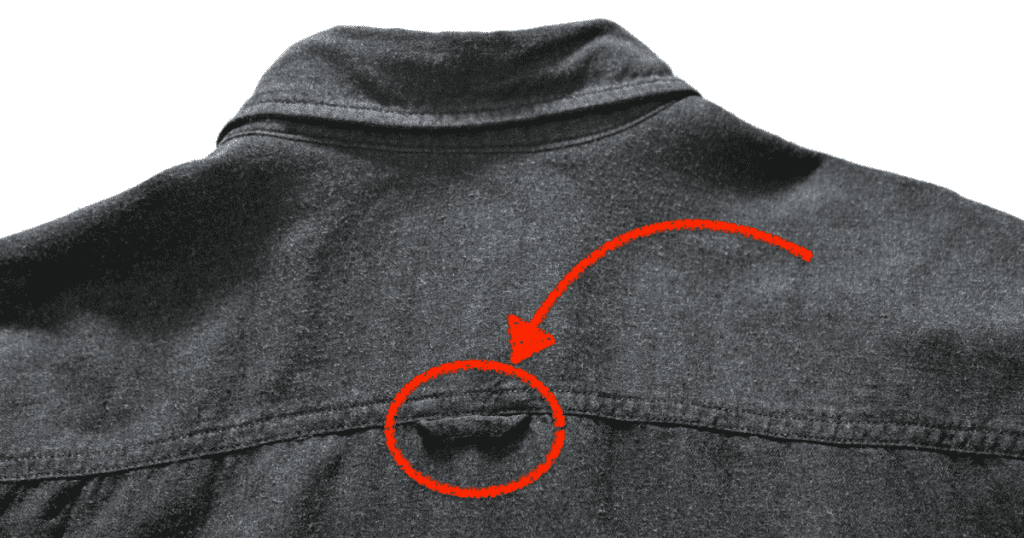The humble button-down shirt has been a wardrobe staple for generations, its timeless appeal enduring through the decades. However, a subtle detail often overlooked is the loop on the back of the shirt, commonly known as the “locker loop.” This unassuming feature carries a rich history and unexpected social significance, from its practical origins in the Navy to its evolution as a symbol of Ivy League style and beyond.
Picture sailors in the Navy, their uniforms crammed into limited storage space. Seeking a practical solution, the loops were implemented to allow for easier hanging of the shirts. This choice was driven by pure functionality rather than fashion, as the Navy sought to optimize the organization and care of its sailors’ garments.
The clothing manufacturer GANT played a pivotal role in bringing the locker loop into the broader public consciousness. GANT introduced these loops to keep the shirts of Ivy League students wrinkle-free in their lockers (hence the term “locker loop”). This marketing angle proved especially successful, appealing to the style-conscious Ivy League community and cementing the locker loop’s association with high-quality, prestigious menswear.

The locker loop also took on a more mischievous social significance. Male students would remove the loop to signal a change in their relationship status, while women would reciprocate by wearing their partner’s scarf. However, this innocent tradition took a playful turn when daring individuals would yank the loops off the shirts of those they fancied, potentially causing substantial damage to the garment.
As Ivy League style permeated the broader fashion landscape, the presence of loops on the back of one’s shirt became a symbol of good taste and high quality. Iconic brands like GANT, Sero, Wren, Creighton, and Eagle embraced the locker loop, cementing its status as a hallmark of sartorial excellence. Even student-athletes adopted the loop, showcasing its adaptability beyond its original practical purpose.
Today, the presence of loops on the back of shirts persists as a nod to history and a means of personalization. While modern hanger systems have diminished the loop’s practical utility, its continued inclusion is an homage to the once-prominent Ivy League style. Retailers like Ralph Lauren and J.Crew continue to offer shirts with locker loops, allowing enthusiasts of the past to embrace this subtle yet storied detail.
For those with distinct preferences, adding or removing a loop on the back of a shirt offers a customizable aspect to one’s button-down options. Tailors can easily make these adjustments based on individual tastes, allowing wearers to align their garments with both historical tradition and personal style. While no longer a necessary function, locker loops persist as a fashion vestige, a tangible link to the evolving story of menswear.
Whether used to hang shirts in lockers or simply as a design element, locker loops serve as a subtle reminder of the evolution of menswear and its connection to functional beginnings. The next time you button up a shirt, take a moment to appreciate the charm and rich history encapsulated in this unassuming loop. From naval pragmatism to Ivy League chic, the locker loop’s journey is a testament to the enduring influence of fashion and the power of subtle details.


